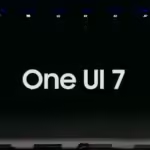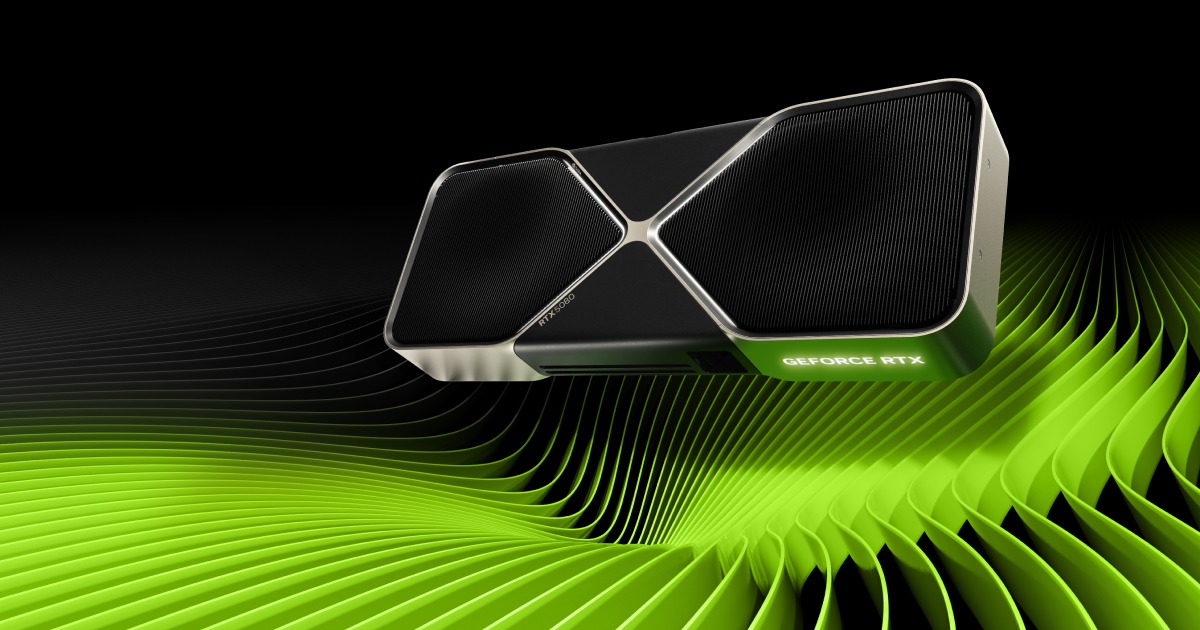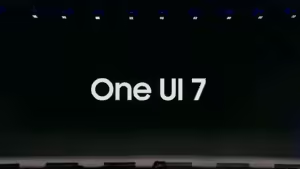
Complete Guide: How To Create a Blogging Website
Complete Guide to Creating a Blogging Website: From Buying a Domain to Launching Your Blog
Creating a professional blogging website involves several critical steps, from purchasing a domain to setting up your site and launching your first blog post. This detailed guide will walk you through every aspect of the process using a platform like Hostinger for domain registration and web hosting.
1. Buying a Domain
Choosing a Domain Name
- Brainstorm Domain Names: Choose a name that reflects your blog’s content and is easy to remember. Avoid using hyphens and special characters.
- Check Domain Availability: Use a domain name search tool to check if your desired domain is available. Popular tools include GoDaddy, Namecheap, and Google Domains.
Buying a Domain through Hostinger
- Visit Hostinger’s Website: Go to Hostinger.
- Search for Your Domain: Use the domain search tool on the homepage to check for availability. Enter your desired domain name and click “Search.”
- Select a Domain: Choose your preferred domain from the search results. If your desired name is taken, consider alternatives or variations.
- Add Domain to Cart: Click “Add to Cart” to proceed with purchasing the domain.
- Create an Account: Sign up for a Hostinger account by providing your email address and creating a password.
- Choose a Domain Registration Period: Select the number of years you wish to register the domain for (typically 1 to 5 years).
- Complete the Purchase: Enter your payment details and complete the purchase. You’ll receive an email with confirmation and instructions.
2. Setting Up Web Hosting with Hostinger
Choosing a Hosting Plan
- Select a Hosting Plan: Choose a hosting plan that suits your needs. For beginners, the “Shared Hosting” plan is often sufficient. If you expect high traffic, consider “Cloud Hosting” or “VPS Hosting.”
- Visit Hostinger’s Hosting Page: Go to Hostinger Hosting Plans.
- Compare Plans: Review the features of each hosting plan, including storage, bandwidth, and additional services.
Signing Up for Hosting
- Select a Hosting Plan: Click on the plan you want and then click “Add to Cart.”
- Register Domain: If you haven’t already purchased a domain, you can do so during the sign-up process by entering your desired domain name.
- Create an Account: Sign up for a Hostinger account or log in if you already have one.
- Enter Billing Information: Provide your billing details and choose your payment method.
- Complete Purchase: Confirm your order and complete the payment. You’ll receive login details for your hosting control panel (cPanel).
3. Installing WordPress on Hostinger
Using Hostinger’s Auto-Installer
- Log in to Hostinger: Access your Hostinger account dashboard.
- Go to hPanel: Navigate to the hosting control panel (hPanel).
- Find Auto-Installer: Locate the “Auto-Installer” tool under the “Website” section.
- Select WordPress: Choose WordPress from the list of available applications.
- Enter Installation Details: Fill in the details such as your domain, site name, and admin credentials.
- Install WordPress: Click “Install” and wait for the process to complete. You’ll receive a confirmation email with your WordPress login details.
4. Configuring Your WordPress Website
Initial Setup
- Log in to WordPress Admin: Go to your WordPress login page (e.g., www.yourblog.com/wp-admin) and enter your admin credentials.
- Set Up General Settings: Navigate to “Settings” > “General” to configure your site title, tagline, and URL settings.
Selecting and Installing a Theme
- Choose a Theme: Go to “Appearance” > “Themes” and browse through available themes. You can also purchase premium themes from marketplaces like ThemeForest or Elegant Themes.
- Install a Theme: Click “Add New” and then “Upload Theme” if you have a theme file. Alternatively, search for and install a theme directly from the WordPress theme repository.
- Customize Your Theme: Go to “Appearance” > “Customize” to adjust theme settings such as colors, fonts, and layout.
Installing Essential Plugins
- Install Plugins: Navigate to “Plugins” > “Add New.” Search for and install the following essential plugins:
- Yoast SEO: For search engine optimization.
- Akismet Anti-Spam: For spam protection.
- Wordfence Security: For website security.
- WP Super Cache: For improving site speed.
- UpdraftPlus: For backups.
- Activate and Configure Plugins: After installation, activate each plugin and configure settings according to your needs.
5. Creating and Publishing Content
Creating Essential Pages
- Add Pages: Go to “Pages” > “Add New” to create essential pages like “About,” “Contact,” and “Privacy Policy.”
- Publish Pages: Write content for each page, format it, and click “Publish” to make it live.
Writing Your First Blog Post
- Create a New Post: Navigate to “Posts” > “Add New” to start writing a blog post.
- Format Your Post: Use the WordPress editor to add text, images, and other media. Organize your content with headings, bullet points, and links.
- Add Categories and Tags: Assign categories and tags to your post to help organize your content and improve SEO.
- Preview and Publish: Preview your post to check how it looks, then click “Publish” to make it live on your blog.
6. Promoting Your Blog
Strategies for Promotion
- Social Media: Share your blog posts on social media platforms like Facebook, Twitter, Instagram, and LinkedIn to attract readers.
- Email Marketing: Build an email list and send newsletters to keep your audience engaged and updated with new content.
- SEO Optimization: Use Yoast SEO or other SEO plugins to optimize your content for search engines. Focus on keywords, meta descriptions, and quality backlinks.
- Networking: Engage with other bloggers, join online communities, and collaborate on content to expand your reach.
7. Monitoring and Improving Your Blog
Tracking Performance
- Google Analytics: Set up Google Analytics to track visitor behavior, traffic sources, and site performance.
- Google Search Console: Use Google Search Console to monitor your blog’s search performance and identify issues.
- Regular Updates: Keep your WordPress installation, themes, and plugins up to date to ensure security and functionality.
Conclusion
Creating a blogging website involves several key steps, from purchasing a domain and setting up hosting to configuring your site and publishing content. Whether you choose WordPress or Blogger, this guide provides a thorough overview of each step to help you build a professional and functional blog. By following these instructions, you can create a successful blogging platform that attracts readers and effectively shares your content with the world.
























Post Comment